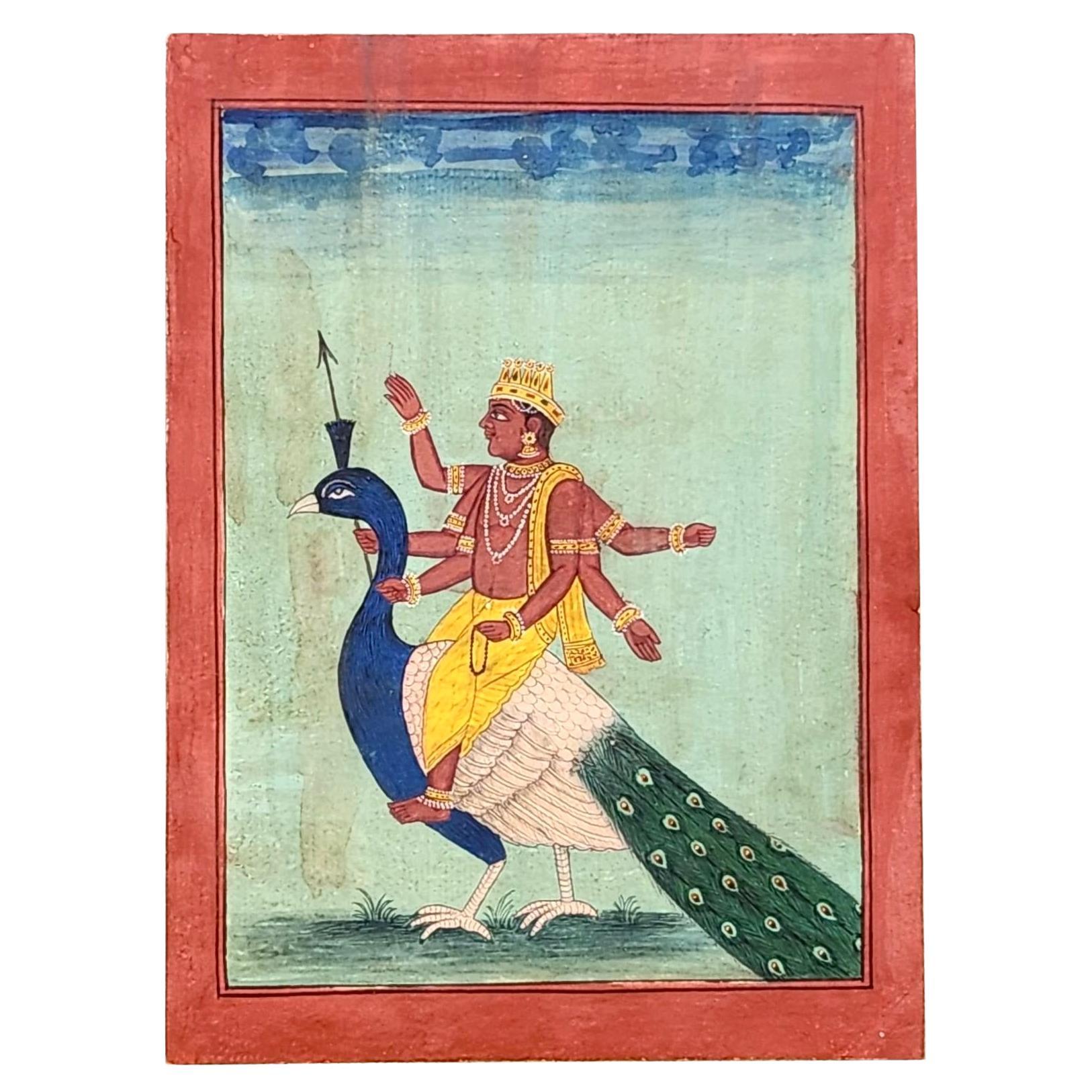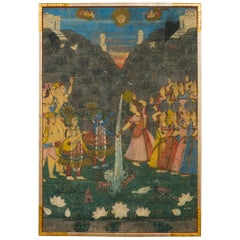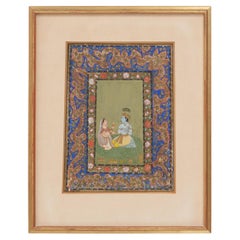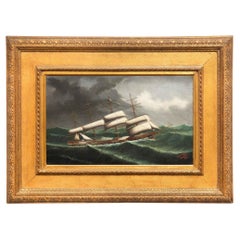Questions & Answers
Our trusted network of 1stDibs sellers answer common questions
Who is called the Picasso of India?
1 Answer

Maqbool Fida Husain is called the Picasso of India. The Indian artist earned the title because he became well-known for producing bold narrative paintings using the Cubist style pioneered by Pablo Picasso. Some of the artist's most famous works include Mother Teresa, Horses, Lady with Veena and the British Raj series. On 1stDibs, shop a collection of Indian art.
1stDibs ExpertAugust 20, 2024
Related Questions
- What is Picasso's drawing style called?1 Answer
- What is Picasso's type of art called?1 Answer
- What is Pablo Picasso's style of artwork called?1 Answer
- What are Picasso's four art periods called?1 Answer
- Why is it called a sconce?1 Answer
Shop for Indian Paintings on 1stDibs
Antique Indian Pichhwai Silk Painting of Krishna and Gopis
Located in New York, NY
Beautiful antique Pichhwai silk painting of Krishna and Radha accompanied by gopis, devas, the sun God Surya, plants and animals enjoying Dana L...
Category
Antique 19th Century Indian Folk Art Paintings
Materials
Silk, Wood
Mughal School Indian Miniature Painting of Radha-Krishna
Located in Chicago, IL
This 19th-century Indian miniature painting is composed in the Mughal style and depicts a meeting of the Hindu god Krishna and his shakti Radha, also known as the Supreme Goddess. To...
Category
Antique 19th Century Indian Paintings
Materials
Paint, Paper
China Trade Nautical Painting of Sailing Ship by Lai Fong of Calcutta ca. 1900
Located in Shippensburg, PA
LAI FONG OF CALCUTTA
Hong Kong/India, active 1875-1910
Four-Masted Sailing Ship "County of Peebles" in Rough Seas (1900)
Oil on canvas signed lower right "Lai Fong / Calcutta / 19...
Category
20th Century Indian Paintings
Materials
Canvas, Wood, Paint
Framed Hand Painted Indian Gouache Painting of Horse on Silk in Pink - India
Located in Oklahoma City, OK
A magnificent large traditional Indian gouache painting of a royal horse on silk. This Rajasthani piece is unique in that it is very large. We typically ...
Category
20th Century Indian Anglo Raj Paintings
Materials
Fabric, Wood, Paint, Paper
$2,800 Sale Price
20% Off
Framed Antique Indo Persian Illustrated Manuscript
Located in Palm Beach, FL
Culturally significant 18th Century Indo Persian manuscript hand painted in gouache depicting historical events. Presented under glass in a parcel g...
Category
Antique 19th Century Indian Anglo-Indian Paintings
Materials
Paint
Late 18th Century Moghul Painting of the Emperor Shah Jahan
Located in Hudson, NY
This very detailed miniature work designed to be set into an album of works for private viewing is of the Great Moghul Emperor Shah Jahan and was painted in...
Category
Antique Late 18th Century Indian Paintings
Materials
Paper


